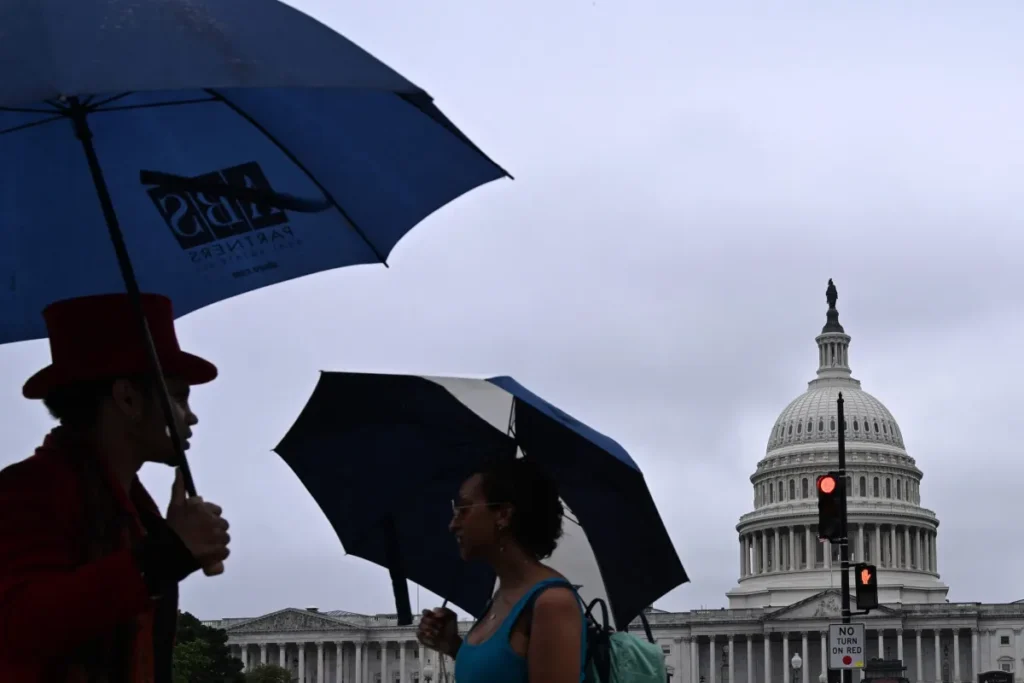In July 2025, former President Donald Trump proposed a bold new spending bill with significant cuts and shifts in federal funding. Among the sectors expected to be affected is student loans—a critical issue for millions of Americans. Now that the spending bill has been signed, many are asking the same question: What will student loans look like after Trump’s spending bill?
This article breaks down what we know so far, what experts are saying, and how you can prepare if you’re a current borrower, future student, or parent.
Why the Spending Bill Matters
President Trump’s new spending bill focuses on major cuts to federal agencies, with a particular emphasis on reducing what he calls “non-essential” government programs. This includes significant reforms in education funding, especially in student aid.
Here’s why this matters:
- Over 43 million Americans currently owe $1.7 trillion in student loans.
- A majority of federal aid is tied to Pell Grants, income-driven repayment plans, and loan forgiveness programs.
- Budget cuts to these areas could reshape how people borrow, repay, and qualify for help.
Key Changes to Student Loans After Trump’s Spending Bill
The final version of the bill reveals some major changes to the student loan system. Let’s explore them in detail.
End of Public Service Loan Forgiveness (PSLF)
One of the most notable cuts is to the Public Service Loan Forgiveness (PSLF) program. This program previously allowed federal borrowers who worked in government or non-profit jobs to have their loans forgiven after 10 years of payments.
What’s happening now:
- New borrowers as of 2026 will not be eligible for PSLF.
- Those already enrolled will be grandfathered in, but must meet stricter documentation rules.
- Experts predict a decline in government and non-profit workers as a result.
Pell Grant Funding Capped
Pell Grants have long provided crucial aid to low-income students. The bill caps Pell Grant growth and removes automatic increases that kept up with inflation.
Key points:
- The maximum Pell Grant will be frozen at $7,395 for the next five years.
- Fewer students may qualify as income thresholds tighten.
- Private colleges could become even more unaffordable.
Interest Rate Reforms
Previously, federal student loan interest rates were determined annually and tied to the 10-year Treasury note. The new bill introduces a fixed-rate model, which could lead to higher interest rates for future borrowers.
What’s changing:
- Undergraduate loans will carry a fixed rate of 7 percent.
- Graduate and Parent PLUS loans will be set at 8.5 percent.
- Rates won’t adjust annually—meaning students may pay more over time.
Repayment Plans Get a Makeover
The bill removes several income-driven repayment (IDR) options, consolidating them into one simplified plan.
New Income-Driven Repayment Plan (IDRP)
Here’s what the new IDR plan looks like:
| Feature | Before | After Trump’s Bill |
|---|---|---|
| Percentage of Income | 10–15% | 15% flat |
| Forgiveness Period | 20–25 years | 30 years |
| Eligibility | Several plans | One plan only |
This change means higher monthly payments and a longer repayment period for many borrowers.
Tax Implications of Forgiveness
Another big shift is in taxation. Previously, forgiven loan amounts under IDR or PSLF were not considered taxable income. Trump’s bill reverses this:
- Any forgiven loan balance will now be treated as taxable income.
- For example, if $50,000 is forgiven, that amount is added to your taxable income for the year.
This could lead to unexpected tax bills for many borrowers down the road.
Impact on Future Students and Families

The long-term impact on students entering college in the next few years could be significant.
College Becomes More Expensive
With Pell Grants capped and loan interest rates rising, the cost of borrowing increases. Students may be forced to turn to private lenders, who typically offer fewer protections.
Less Financial Aid Counseling
The Department of Education is seeing a 20 percent budget cut. Fewer resources may be available for student aid counseling, application help, or financial literacy programs.
Reactions from Experts and Lawmakers
The response to the bill has been deeply divided.
Supporters, mainly GOP members, argue:
- It reduces the federal deficit.
- Encourages personal responsibility.
- Eliminates wasteful spending on bloated programs.
Critics, including Democrats and education advocates, warn:
- It puts the burden on low-income and middle-class families.
- Could lead to a drop in college enrollment, especially at public universities.
- May exacerbate the student debt crisis in the long term.
Data Snapshot: Who’s Affected the Most?
According to the U.S. Department of Education:
- 62 percent of borrowers enrolled in IDR plans will face higher payments.
- Nearly 30 percent of current Pell Grant recipients could lose eligibility in the next two years.
- Eight out of ten new student borrowers in 2026 will take out private loans instead of federal ones.
What You Can Do Now: Steps for Borrowers
If you currently have federal student loans, here are a few steps you can take:
Check Your Program Eligibility
- If you’re in PSLF or an IDR plan, verify your enrollment status and paperwork.
- Use the Federal Student Aid portal to download your repayment history.
Consider Consolidation
- Some borrowers may benefit from consolidating loans before the changes take full effect.
Explore Refinancing
- With rising federal interest rates, private refinancing may be worth a look—but be cautious of losing federal protections.
Set Aside for Taxes
- If you expect loan forgiveness in the future, start planning for the tax bill that may come with it.
What Could Happen Next?
Though the bill has passed, some legal and political battles may follow:
- Several states and advocacy groups are already preparing lawsuits to challenge parts of the bill.
- The 2026 elections may also bring new leadership that could reverse or modify these changes.
Until then, the best advice is to stay informed and make proactive decisions about your education financing.
Final Thoughts
The signing of Trump’s spending bill marks a major turning point for student loans in America. While aimed at reducing government spending, the bill shifts a significant financial burden onto students, families, and future borrowers.
If you’re a current borrower or planning to attend college soon, it’s more important than ever to understand your options, seek trustworthy advice, and prepare for changes that could affect your financial future for years to come.
Read Next – PSLF Program Future Remains Unclear After Silent Showdown





